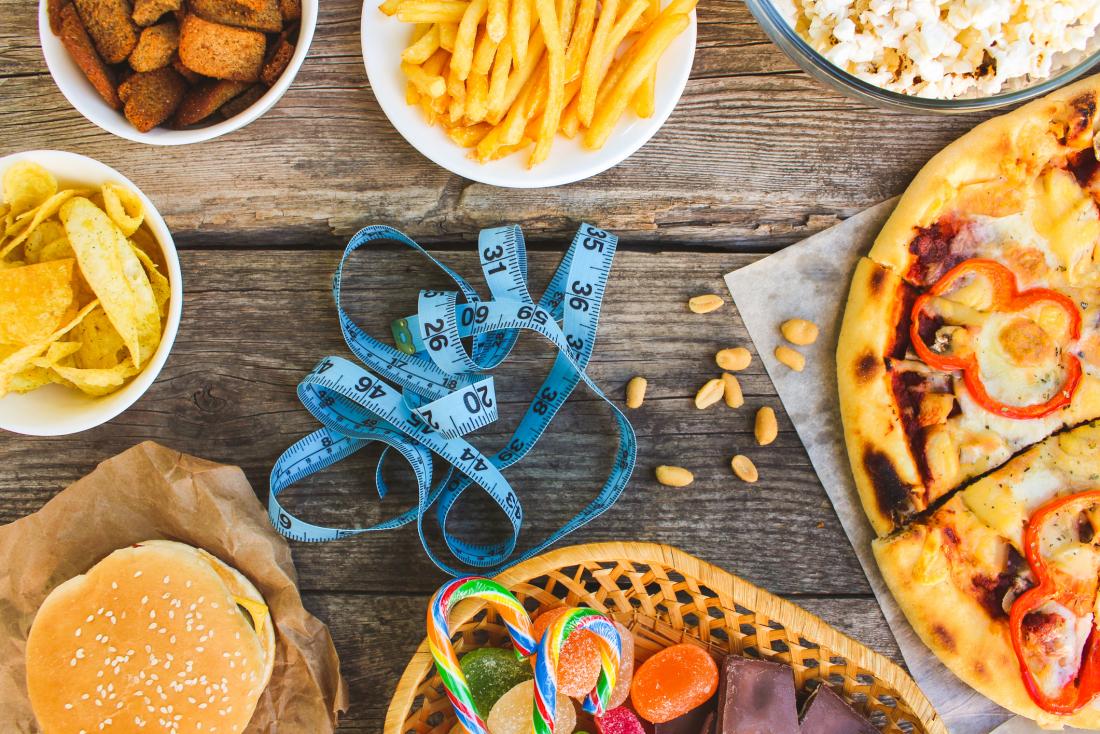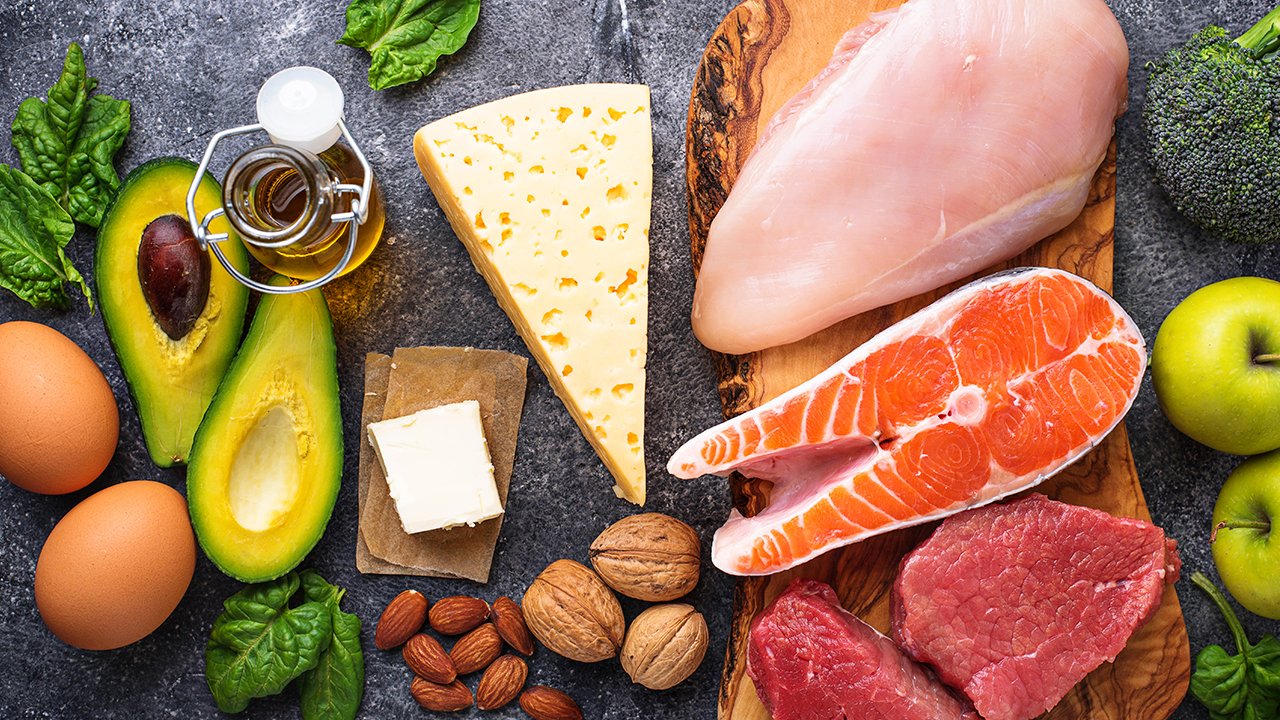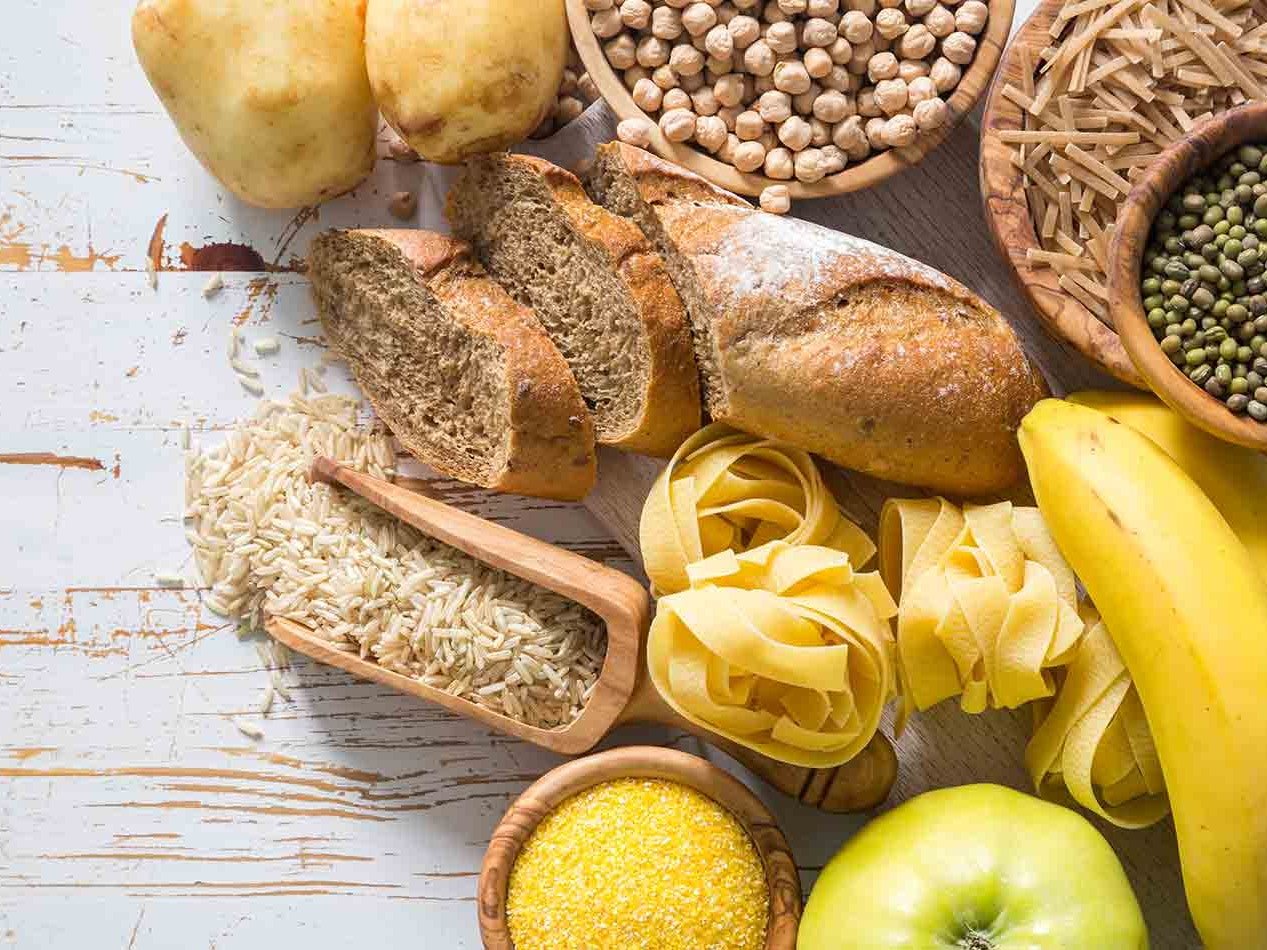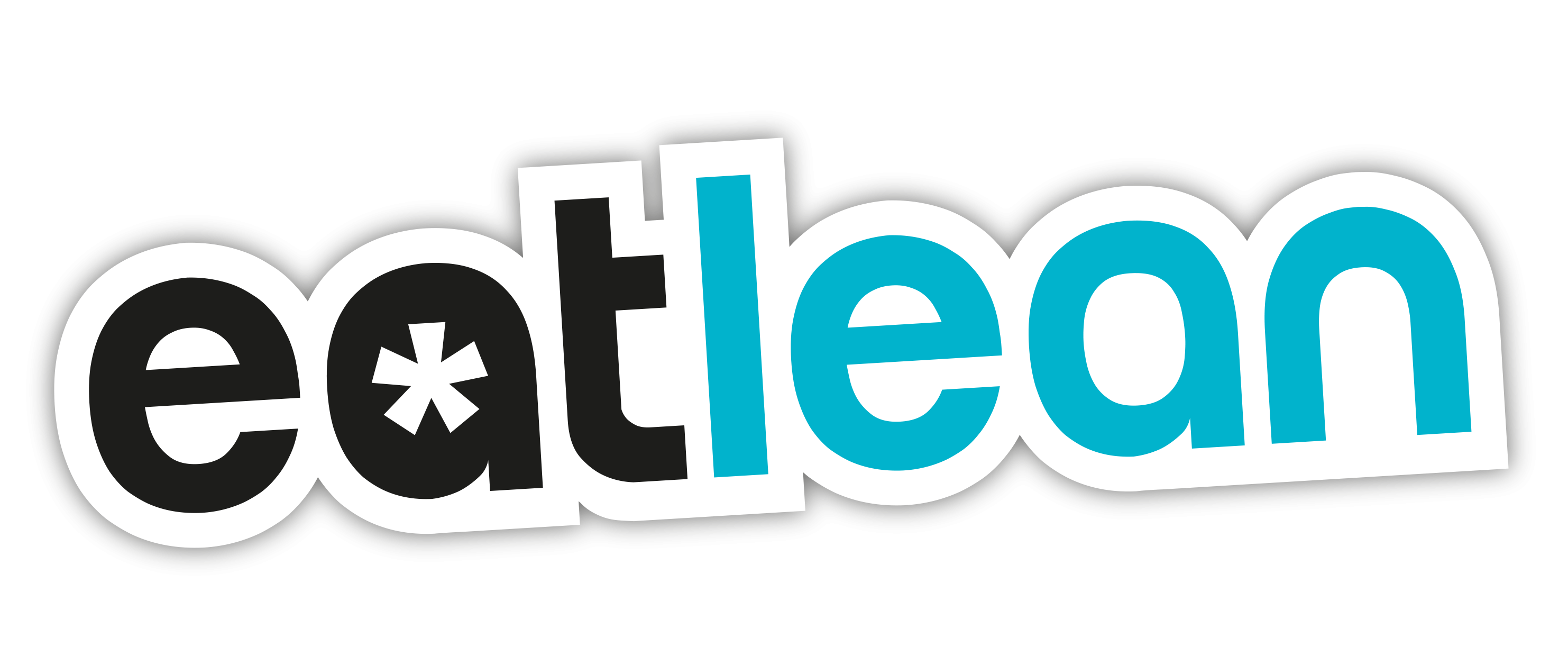What are Carbs & Fats and why do we need them?

We’ve covered protein, the ‘most important’ macronutrient, and now it’s time to talk about the others – carbohydrates and fats (granted, alcohol is also technically a macronutrient, but let’s keep it simple for now).
If you remember from the article on protein, macronutrients are a group of large molecules that can be used for specific functions within the body, but also for energy. The two macronutrients we are going to talk about today are used for specific functions but moreover, these are the ones that are used effectively to provide fuel for your body. Protein CAN be used, but it often isn’t, and when it is this isn’t necessarily a good thing.
We’ll cover what each macronutrient is, what it does and why you need it and then we will explain how much you should be eating on a day to day basis.
Why Is Fat Important To Your Diet?
We are going through a transition at the moment in nutrition and nutritional media/journalism (two very dangerous fields) in which fats are, quite correctly, no longer being scapegoated as the evil cause of weight gain and/or heart disease and death. Go back 20-30 years and everything was low fat, but there’s been a big switch.
Fats are being touted by some “experts” as the healthiest things you can eat, with people putting butter in coffee (really) and adding coconut oil to everything which coconut oil can be added to. While the removal of fat-phobia is a great thing, this is a large knee-jerk reaction and a pendulum swing too far, really. Fat is great for you, but it is also calorie-dense – delivering 9 calories per gram, and it’s not all that filling because it doesn’t take long to digest. For this reason, we recommend not throwing all your favourite low fat lunch recipes in the bin and keeping fat intake moderate (at least for now).
But why should you eat it? Logically if it’s full of calories and not filling it should be avoided, right?
Fat is vital in hormone synthesis and maintaining healthy cell structures and nervous system pathways, a diet low in fat can see fatigue and poor skin, hair and nail quality. It can lead to dissatisfaction with food, too, because fat often gives food a rich taste and nice mouth feel – these things may seem trivial until you try to eat a very low fat diet and experience the associated cravings.
On top of this, fat is a great source of energy. It can adequately power most day to day activities as well as low to moderate-intensity exercise such as jogging. If you are eating a lot of calories in an effort to grow, fat can be increased to meet your calorie needs without eating what seems like an unreasonable amount of food.
Not All Fats Are Equal
There are many types of naturally occurring fatty acids that are in our diet, some are more useful to the body than others, again showing that balance of diet is key. You will likely have heard of some or all of them.
What Are The Types Of Fat?
- Saturated
- Polyunsaturated
- Monounsaturate

The Structure of Fats & How We Name Them
Let’s look at the chemical structure of Oleic acid. This, if you don’t know, is the thing in olive oil that is supposed to make it really good for you.
Fat is made up of chains of carbon and hydrogen atoms, joined together with what is called a carboxyl group at one end. The structure and shape of the fatty acid chain is dictated by how many hydrogens can latch onto the carbons in the chain, in the example of oleic acid, it isn’t many at all, the carbons grab onto each other quite tightly, so we get a shorter chain with fewer hydrogens, meaning it is “unsaturated” with hydrogen
The amount of saturation affects the stability and structure of the fatty acid when exposed to cooking temperatures or used in the body.
Our body is normally very good at breaking down and re-arranging things we eat in order to create the things we need in our body – we learned this about proteins when we mentioned proteins being broken down into amino acids and then build up into new proteins later – but we lack the ability to create the chains that make the essential fatty acids Omega 3 and omega 6 which means that these fats are considered ‘essential’ which in the field of nutrition simply means ‘cannot be synthesised in the body from anything else and must therefore be consumed’.
Omega 3 oils come mainly from fatty fish and the skin of fish as well as in walnuts and flaxseeds, though plant sources have poor bioavailability and therefore animal sources are vastly more preferred.
Omega 6 oils are found mostly in plants, nuts, seeds, and plant oils but are also found in animal fats.
When planning a diet it’s important to look at Omega-3 intake. If you are not consuming fatty fish such as salmon and mackerel on a regular basis then a supplement is a good idea, look for one which contains a high amount of EPA and DHA per capsule and aim to get 2-3 grams of these two (not of total fish oil) per day.
Omega-6 fatty acids tend to take care of themselves as they are found in most dietary fat sources, so they are typically not something you should think about, provided you consume a varied diet with a reasonable amount of total fat. Likewise, saturated fat has benefits to cell health and also hormonal regulation but it’s not something you should focus on. If you eat a reasonable diet that is wholefood based and varied, you’ll get enough saturated fat.
For what it’s worth most Eat Lean dairy products are low fat and, although, they do contain saturated fat, there is much less fat in the cheese, for example than a normal piece of mature cheddar, meaning you can still enjoy your favourite cheesy low fat snacks from time to time.
What Are Carbohydrates?
A popular search on the internet is for tasty low carb dinner recipes, but what are carbohydrates and should we really be looking to reduce their intake?
Carbohydrates are organic compounds found in foods we consume and are important in all diets of active individuals due to their importance in muscle fuel stores. When we eat carbs, we break these down into sugars (or, of course, we can just eat sugar). These sugars are either used in your cells to allow you to do things that can range low to extremely high intensity, or they are re-combined into a carbohydrate called glycogen and stored in your muscles and liver for use later. High-intensity exercise CANNOT be performed without an adequate carbohydrate intake.
A carbohydrate is essentially a chain of sugar molecules bonded together to form slightly different chemical structures. The bonds between these sugars and the molecules within these sugars can be broken to release energy in the human body.
Lactose is an example of a carbohydrate molecule, it is the main sugar found in milk, and most other dairy products, and consists of a molecule of “galactose” and a molecule of “glucose” bound together through a link.
Because Lactose is made from two simple sugar molecules, it is known as a Disaccharide
Carbohydrates are manipulated in the vast majority of diets and are crucial variables in the athlete’s diet due to their importance in muscle fuel stores (glycogen). Important to mention, though, is the fact that carbs play a role in regular daily function, too, and should not be viewed simply as something that is ONLY useful for training. Consuming carbs away from a training session is not a bad thing by any means.
This is actually different to what a lot of fitness industry personalities and media sources are saying lately, with carbohydrates being blamed for fat gain and diabetes – well I am here to tell you that this is false and you CAN be in perfect health and great shape whilst still eating bread and pasta. So where did the myth come from?
Carbohydrate consumption leads to the release of a hormone called insulin. Insulin release leads to the stimulation of fat storage and the inhibition of fat burning.
This does not mean that eating sugars inherently causes fat gain. In fact carbs (and sugar) are almost impossible to store as fat in the human body – as mentioned above it is stored as glycogen. The reason that sugar seems to cause fat gain is that it tends to be easy to eat in volume, just consider a packet of sweets and how filling they are compared to how many calories are actually in them, it is an easy way to pack the calories in, just like dense fats like nuts.
This does not mean that you cannot lose weight if you consume sugar/carbohydrates. Although carbs do blunt the burning of body fat, so does the consumption of any of the three macronutrients. If you have available fuel in any form, your body will use that before using its own stores. What matters is your overall calorie intake, if you are eating less than you are burning, this will result in you burning fat in between meals. I do not recommend low carb diets as a blanket rule for fat loss, or any diet for fat loss, if you want to lose body fat you need to eat less than your body burns on a daily basis.
Calories are king, always.

Why Do We Need Carbs In Our Diet?
Carbohydrates consumed in food yield 4 calories of energy per gram.
Consumption of carbohydrates are important for thyroid function and exercise performance, useful for satiety and often a game-changer when it comes to being able to actually stick to a diet – without eating carbohydrates you can’t really eat out, and you’re going to miss out on a lot of tasty foods without need. This makes it harder to stick to the plan, and that’s the last thing you want at the beginning of your journey.
The only note important to include here is that carbohydrate-containing foods are the ones that are most likely to be highly processed and micronutrient void. On the flip side, they are also our only source of dietary fibre, which is HUGELY important for overall health, as I have previously discussed. For this reason, it’s a really good idea to pay attention and keep your carbohydrate sources from mostly ‘whole foods’ including potatoes, sweet potatoes, vegetables, fruits, wholemeal grains, pasta, bread and oats. There is a place for refined carbs every now and then – it’s not the end of the world, but the VAST majority of the time, carb sources should be minimally processed for both the health benefits and calorie per gram benefit.
Calculating Daily Requirements
At a later date, we will work out gram values for this but for now, we just want to build upon last week’s lesson about whole foods, portion control and calories. Your protein intake should remain as it is, but now you can start to look at different amounts of carbohydrates and fats in your diet. If you are finding that you are really hungry a lot of the time, it might be worth halving your fat intake for one meal and adding 50% more carbohydrates to give you more room for manoeuvre, or if you really want to have highly fatty meat like mackerel or belly pork, know that fats and carbs are largely interchangeable so you can feel free to have this but reduce carbs in this meal, or indeed reduce carbs and/or fats from other meals of the day to ‘make room’.
I’ll talk more about this flexible idea of eating soon, but for now, try to stick to a relatively balanced spread of protein, carbs, fats and Calories across all of your meals, and start to be more aware of your fat and carb intake and how you choose to drop or raise each (proportionately) from the cupped hand/thumb portions mentioned last week. If you want more clarity on how much protein, carbs and fats to eat it would be worth watching my video on this where I visually demonstrate the why’s and how of playing around with your carbohydrate and fat intake around your protein intake, as ultimately it is going to vary from individual to individual. Some will feel good eating a lot of carbs, some won’t, so for some a high carb diet is great, for others, a low carb diet with higher fats will be better, and for the rest somewhere in the middle is spot on. It’s an experimental process that you will come to nail over time.
For people who don’t really engage in a great deal of high-intensity exercise, fat intake can be set a bit higher than recommended above (if preferred), with a relatively lower carbohydrate intake, you might find this anecdotally is better, for energy, feeling of wellbeing and other conditions. Likewise, for those who are highly active, a higher carb intake may be warranted to fuel daily energy requirements for exercising.
Summary
Calories do count, and after adequate protein is set (per day divided into per meal serving), skewing fat or carbohydrate, either way, will have a minimal overall impact on body composition in healthy individuals as long as total calories remain the same. The ultimate message of this week is that both fats and carbohydrates are energy-giving molecules that are really useful and beneficial to the body and that we should try to remain moderate in all things, never dropping either out in the hopes of increasing health or fat loss rates.
Extremes of fat or carb intake should always be avoided. Instead play around with your daily meals, eating some meals high fat / low carb, some low fat / high carb, and some a bit of both, finding over time where your body likes to sit with its fat and carb intake in any given meal, or in any given day. Then, for 70-80% of your weekly meals you will follow this meal and eating structure to have a solid protein source, 2 portions of fruit and or vegetables, and some carbs and or fats in your ideal ratio, and that’s your meal, controlled visually via hand portion control, or by knowing the overall calories within that meal. That is then a meal, all you need to do is rinse and repeat each time you eat.






